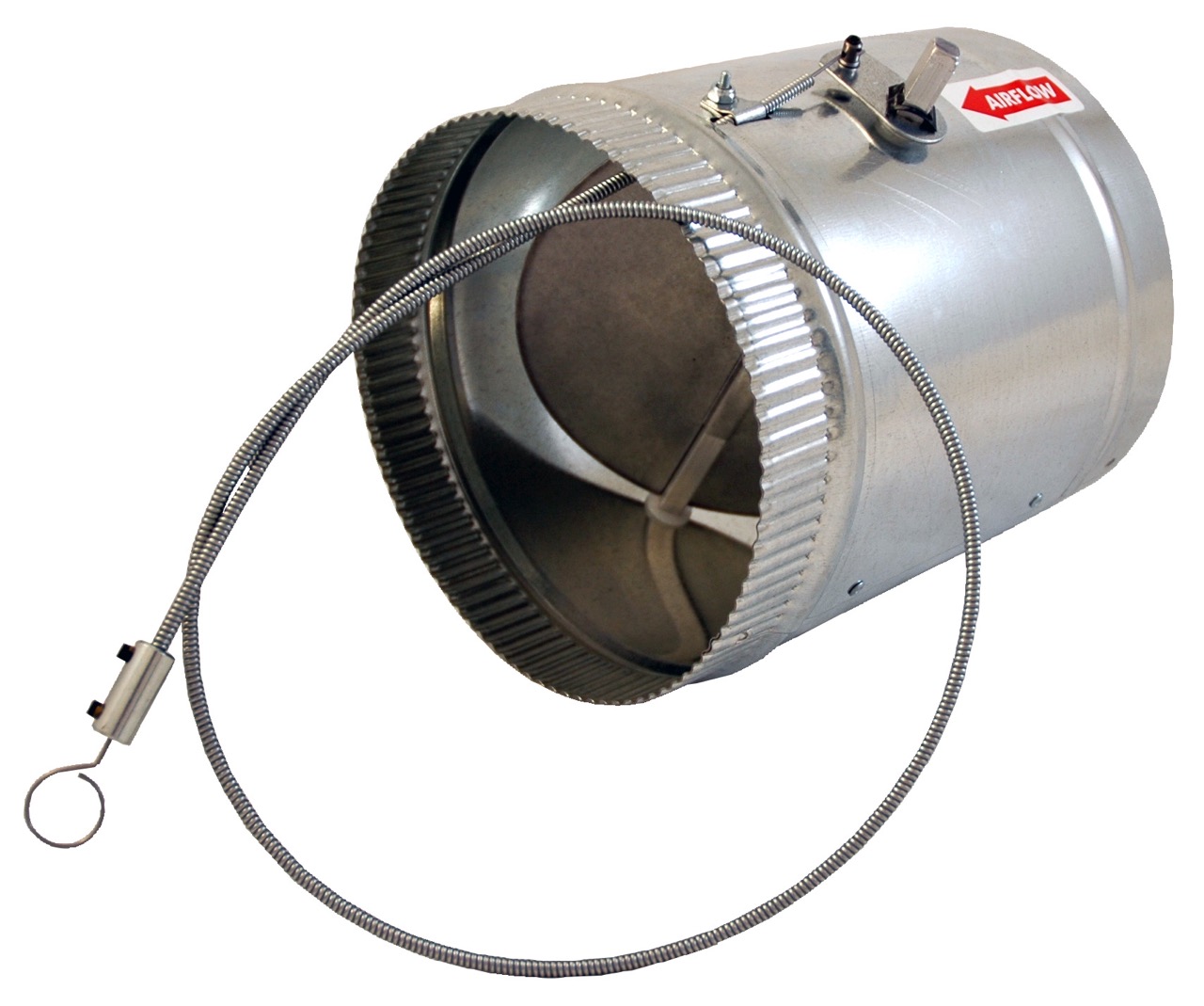

Articles
How To Tell If HVAC Damper Is Open Or Closed
Modified: August 20, 2024
Learn how to determine if your HVAC damper is open or closed with these informative articles. Improve the efficiency and performance of your HVAC system.
(Many of the links in this article redirect to a specific reviewed product. Your purchase of these products through affiliate links helps to generate commission for Storables.com, at no extra cost. Learn more)
Introduction
One of the key components of an HVAC (Heating, Ventilation, and Air Conditioning) system is the damper. Dampers are devices used to control the flow of air in the ductwork, allowing for efficient temperature regulation and distribution throughout a building. Understanding whether an HVAC damper is open or closed is crucial for maintaining the comfort and energy efficiency of the space.
In this article, we will provide an overview of HVAC dampers, explain the importance of identifying whether a damper is open or closed, and discuss common signs of an open or closed damper. Furthermore, we will cover the various tools and methods available for checking the position of an HVAC damper. Finally, we will provide you with a step-by-step guide on how to determine if an HVAC damper is open or closed.
Whether you are a homeowner trying to troubleshoot an HVAC issue or a professional HVAC technician, having the knowledge and ability to identify the status of a damper is crucial for ensuring optimal performance and comfort.
So, let’s dive in and learn how to tell if an HVAC damper is open or closed.
Key Takeaways:
- Identifying whether an HVAC damper is open or closed is crucial for efficient airflow distribution, energy savings, and troubleshooting potential issues. By recognizing the signs and using common tools, you can optimize your HVAC system’s performance.
- Checking the position of HVAC dampers through visual inspection, manual operation, and digital monitoring is essential for maintaining balanced airflow and temperature control. Following a step-by-step guide can help homeowners and HVAC technicians ensure optimal system operation.
Read more: How To Close Fireplace Damper
Overview of HVAC Dampers
HVAC dampers are mechanical devices used in heating, ventilation, and air conditioning systems to regulate the flow of air. They are typically located within the ductwork and can be manually operated or controlled electronically. The primary function of HVAC dampers is to control the amount of air flowing through specific sections of the duct system, allowing for precise temperature control and air distribution within a building.
There are several types of HVAC dampers, including:
- Volume Control Dampers (VCD): These dampers are used to regulate the amount of air flowing through a duct. They can be adjusted manually or automated using electronic controls.
- Fire Dampers: Fire dampers are designed to prevent the spread of fire and smoke within a building. They are typically installed in ductwork, walls, or floors and are controlled either manually or automatically.
- Backdraft Dampers: Backdraft dampers are used to prevent the reverse flow of air when the HVAC system is not in operation. They ensure that air only flows in the intended direction.
- Zone Dampers: Zone dampers are used in HVAC systems with multiple zones. They regulate airflow to different areas of a building, allowing for individual temperature control in each zone.
By controlling the flow of air, HVAC dampers can help improve energy efficiency and reduce heating and cooling costs. They allow for precise temperature control within different areas of a building, optimizing comfort levels for occupants and minimizing wasted energy.
Understanding the role and types of HVAC dampers is essential for anyone involved in the maintenance, repair, or operation of HVAC systems. Now that we have an overview of HVAC dampers, let’s explore the importance of identifying whether a damper is open or closed.
Importance of Identifying Open or Closed Dampers
Identifying whether an HVAC damper is open or closed is crucial for several reasons. It not only ensures the efficient operation of the HVAC system but also contributes to the comfort and energy efficiency of the building.
Here are some key reasons why it is important to identify the status of HVAC dampers:
- Proper Airflow Distribution: HVAC dampers play a crucial role in regulating the airflow in different areas of a building. By opening or closing specific dampers, it is possible to direct airflow to the areas that require heating or cooling. This helps maintain a comfortable indoor environment and prevents hot or cold spots.
- Energy Efficiency: When dampers are closed in areas that do not require heating or cooling, it allows the HVAC system to focus its efforts on the zones that do need conditioning. By minimizing the conditioned air flow to unused areas, energy wastage is reduced, resulting in energy savings and lower utility bills.
- Temperature Control: Properly functioning dampers enable precise temperature control in different areas of a building. By adjusting the dampers, it is possible to achieve the desired temperature in each zone, ensuring occupant comfort and reducing unnecessary energy consumption.
- System Balancing: Balancing the airflow in an HVAC system is essential to ensure that each zone receives the correct amount of conditioned air. Identifying whether dampers are open or closed helps in balancing the system to properly distribute air and maintain consistent comfort throughout the building.
- Troubleshooting and Maintenance: When an HVAC system is not performing optimally, identifying whether dampers are open or closed can help in troubleshooting and diagnosing potential issues. It allows HVAC technicians to pinpoint any obstructions or malfunctioning dampers that may be causing airflow problems.
Overall, being able to identify whether an HVAC damper is open or closed is essential for optimal system performance, energy efficiency, comfort, and troubleshooting. Now that we understand the importance, let’s explore the signs that can indicate whether an HVAC damper is open or closed.
Signs of an Open HVAC Damper
Identifying whether an HVAC damper is open or closed can sometimes be a challenge, but there are several signs that can indicate if a damper is open. These signs can help homeowners and HVAC technicians determine the status of the dampers in their systems.
Here are some common signs that indicate an HVAC damper is open:
- Increased Airflow: If you notice a significant increase in airflow from vents in a particular area of the building, it is likely that the damper controlling that zone is open. An open damper allows for a larger volume of air to flow, resulting in increased airflow in the corresponding zone.
- More Intense Heating or Cooling: An open damper allows for more conditioned air to reach a specific zone, resulting in more intense heating or cooling in that area. If you perceive a significant temperature difference in one part of the building compared to others, it may suggest that the damper to that zone is open.
- Smell or Odor: When a damper is open, it allows for better air circulation, which can result in odors or smells being more noticeable in that area. If you encounter specific smells or odors in certain zones of the building, it could be an indication of an open damper in that area.
- Air Pressure Difference: Another sign of an open damper is a noticeable air pressure difference between different areas of the building. You may feel increased air pressure, drafts, or even hear a whistling sound near the vents in the zone with an open damper.
- Inconsistent Temperature: An open damper can lead to inconsistent temperatures throughout the building. If you notice significant temperature differences between rooms or zones, with some being warmer or cooler than others, it could indicate that a damper is open, allowing conditioned air to flow more freely to certain areas.
It’s important to note that these signs are not definitive evidence that a damper is open, as there could be other factors contributing to these observations. However, they serve as indicators that prompt further investigation to confirm the damper’s status. In the next section, we will discuss signs of a closed HVAC damper.
Check the position of the damper handle or indicator. If it’s parallel to the ductwork, the damper is open. If it’s perpendicular, the damper is closed.
Signs of a Closed HVAC Damper
Identifying whether an HVAC damper is closed can be equally important for proper system operation and energy efficiency. While it may be more challenging to confirm if a damper is closed compared to an open damper, there are certain signs that can indicate a closed damper. These signs can help homeowners and HVAC technicians determine whether a damper is closed within their HVAC system.
Here are some common signs that can indicate a closed HVAC damper:
- Low or No Airflow: If you notice a lack of airflow or a significant decrease in airflow from vents in a specific area of the building, it could suggest that the damper controlling that zone is closed. A closed damper restricts the flow of conditioned air, resulting in reduced or no airflow in the corresponding zone.
- Uneven Temperature Distribution: When a damper is closed, it hinders the flow of conditioned air to the respective zone. As a result, you may notice uneven temperatures throughout the building, with certain areas being warmer or cooler than others. Inconsistent temperature distribution can be a sign of closed dampers in specific zones.
- Noise or Whistling: A closed damper can cause air to be forced through small openings or gaps, resulting in noise or a whistling sound. If you hear unusual sounds near the vents in a particular area, it may be an indication of a closed damper, causing air to pass through restricted passages.
- Weaker Heating or Cooling: Closed dampers limit the airflow to certain zones, causing reduced heating or cooling in those areas. If you observe that a specific zone is not reaching the desired temperature despite the HVAC system running, it could indicate closed dampers in that zone.
- Restricted Air Pressure: A closed damper creates a blockage in the airflow, leading to decreased air pressure in the corresponding zone. You may experience reduced air pressure or even a lack of airflow in that particular area when a damper is closed.
It’s important to note that these signs may suggest a closed damper, but further investigation is necessary to confirm its status. Other factors, such as duct obstructions or system malfunctions, can also contribute to these observations. Properly identifying closed dampers will help maintain balanced airflow, improve energy efficiency, and ensure consistent comfort throughout the building.
Now that we understand the signs of both open and closed HVAC dampers, let’s explore the common tools and methods used to check the position of an HVAC damper.
Read more: How To Adjust Dampers On HVAC
Common Tools and Methods for Checking Damper Position
Checking the position of an HVAC damper is essential for ensuring proper airflow and system operation. Fortunately, there are several common tools and methods available to help determine whether a damper is open or closed. These tools and methods are used by homeowners and HVAC technicians to inspect and assess the status of HVAC dampers.
Here are some commonly used tools and methods for checking the position of an HVAC damper:
- Visual Inspection: One of the simplest ways to check if a damper is open or closed is through visual inspection. Inspect the ductwork and look for any visible indicators on the dampers themselves. Some dampers have labeling or arrows that clearly indicate their position (open or closed).
- Manual Operation: If the damper is accessible, you can manually operate it to check its position. Use a screwdriver or appropriate tool to open or close the damper and observe its movement. Ensure that the damper is properly connected and functioning smoothly.
- Digital Thermostat or Building Management System: Many modern HVAC systems are equipped with digital thermostats or building management systems that allow for damper control and monitoring. Access the system’s interface and check the status of each damper. These interfaces often provide real-time information on damper positions and can help identify any issues or inconsistencies.
- Duct Leakage Test: A duct leakage test can help uncover any issues with damper positions. A professional HVAC technician can perform this test using specialized equipment to measure airflow and identify any leaks or obstructions caused by improperly closed dampers.
- Damper Position Indicator: Some HVAC systems are equipped with damper position indicators, which are electronic devices that monitor and display the position of each damper. These indicators can be part of the HVAC system itself or separate devices installed specifically for damper monitoring.
It’s important to note that the availability of these tools and methods may vary depending on the specific HVAC system and its components. If you are unsure about checking the damper position yourself, it is recommended to consult with a qualified HVAC technician who can conduct a thorough inspection using the appropriate tools.
Now that we have covered the common tools and methods for checking damper position, let’s proceed to the step-by-step guide on how to tell if an HVAC damper is open or closed.
Step-by-Step Guide: How to Tell if an HVAC Damper is Open or Closed
Knowing how to determine if an HVAC damper is open or closed is essential for proper system operation and maintenance. Follow this step-by-step guide to check the position of an HVAC damper:
- Gather the necessary tools: Before you begin, ensure you have the tools you’ll need, such as a screwdriver, flashlight, and any specific equipment provided by the HVAC manufacturer for damper inspection.
- Locate the dampers: Identify the locations of the HVAC dampers in your system. Dampers are typically located in the ductwork, usually near the main air handling unit or at different branch points throughout the system.
- Perform a visual inspection: Inspect the dampers visually to look for any visible indicators, labels, or arrows that indicate the open or closed position. Take note of any apparent positions and compare them to your observations of airflow or temperature variations in different zones.
- Access the dampers: If the dampers are easily accessible, use a screwdriver or appropriate tool to manually operate them. Gently move the damper to open or close positions and observe the movement. Take note of any resistance or unusual sounds during the operation.
- Check the digital thermostat or building management system: If your HVAC system is equipped with a digital thermostat or building management system, access the interface and navigate to the damper control section. Check the status of each damper to determine if it is reported as open or closed. Note any discrepancies between the reported position and your visual observations.
- Perform a duct leakage test (optional): If you suspect issues with damper positions or airflow, consider scheduling a professional HVAC technician to perform a duct leakage test. This test can help identify any leaks or obstructions caused by improperly closed dampers, providing a more accurate assessment of their status.
By following this step-by-step guide, you can effectively determine if an HVAC damper is open or closed. Combining visual inspection, manual operation, digital system monitoring, and professional assistance when needed will ensure an accurate assessment of the damper position.
Remember, if you are unsure or uncomfortable performing these steps yourself, it is always advisable to consult with a qualified HVAC technician who can provide expert guidance and assistance.
Now that you know how to tell if an HVAC damper is open or closed, you can take the necessary steps to optimize system performance, energy efficiency, and comfort in your building.
Conclusion
Understanding whether an HVAC damper is open or closed is crucial for maintaining the efficiency, comfort, and energy savings of your heating, ventilation, and air conditioning system. Dampers play a vital role in regulating airflow and ensuring proper temperature control in different zones of a building.
In this article, we provided an overview of HVAC dampers, discussed the importance of identifying open or closed dampers, and highlighted the signs of both open and closed dampers. We also explored common tools and methods used to check damper positions and provided a step-by-step guide on how to determine if an HVAC damper is open or closed.
By being able to identify the status of HVAC dampers, you can ensure proper airflow distribution, control temperatures effectively, and optimize energy efficiency. It allows you to troubleshoot system issues, balance the airflow, and make necessary adjustments to enhance overall system performance.
Remember, if you are unsure or uncomfortable performing any inspection or manipulation of your HVAC system, it is always recommended to consult with a qualified HVAC technician. They have the expertise and specialized tools to accurately assess damper positions and address any issues or concerns.
By regularly checking and maintaining your HVAC dampers, you can enjoy a comfortable indoor environment, reduce energy consumption, and extend the lifespan of your HVAC system. Don’t overlook the importance of open and closed dampers in contributing to the overall performance of your heating, ventilation, and air conditioning system.
Now that you have a better understanding of how to tell if an HVAC damper is open or closed, you can confidently monitor and ensure the proper functioning of your HVAC system for years to come.
Curious about further enhancing your home's HVAC system? Gaining a deeper understanding of HVAC control could be your next step. This knowledge will help manage your system more effectively, ensuring optimal comfort and energy efficiency. On another note, considering a home upgrade? Delving into the possibilities of a top ventilation system might just be what you need. Such an upgrade promises fresher air and improved overall air quality in your living space, making it a key investment for health and comfort.
Frequently Asked Questions about How To Tell If HVAC Damper Is Open Or Closed
Was this page helpful?
At Storables.com, we guarantee accurate and reliable information. Our content, validated by Expert Board Contributors, is crafted following stringent Editorial Policies. We're committed to providing you with well-researched, expert-backed insights for all your informational needs.
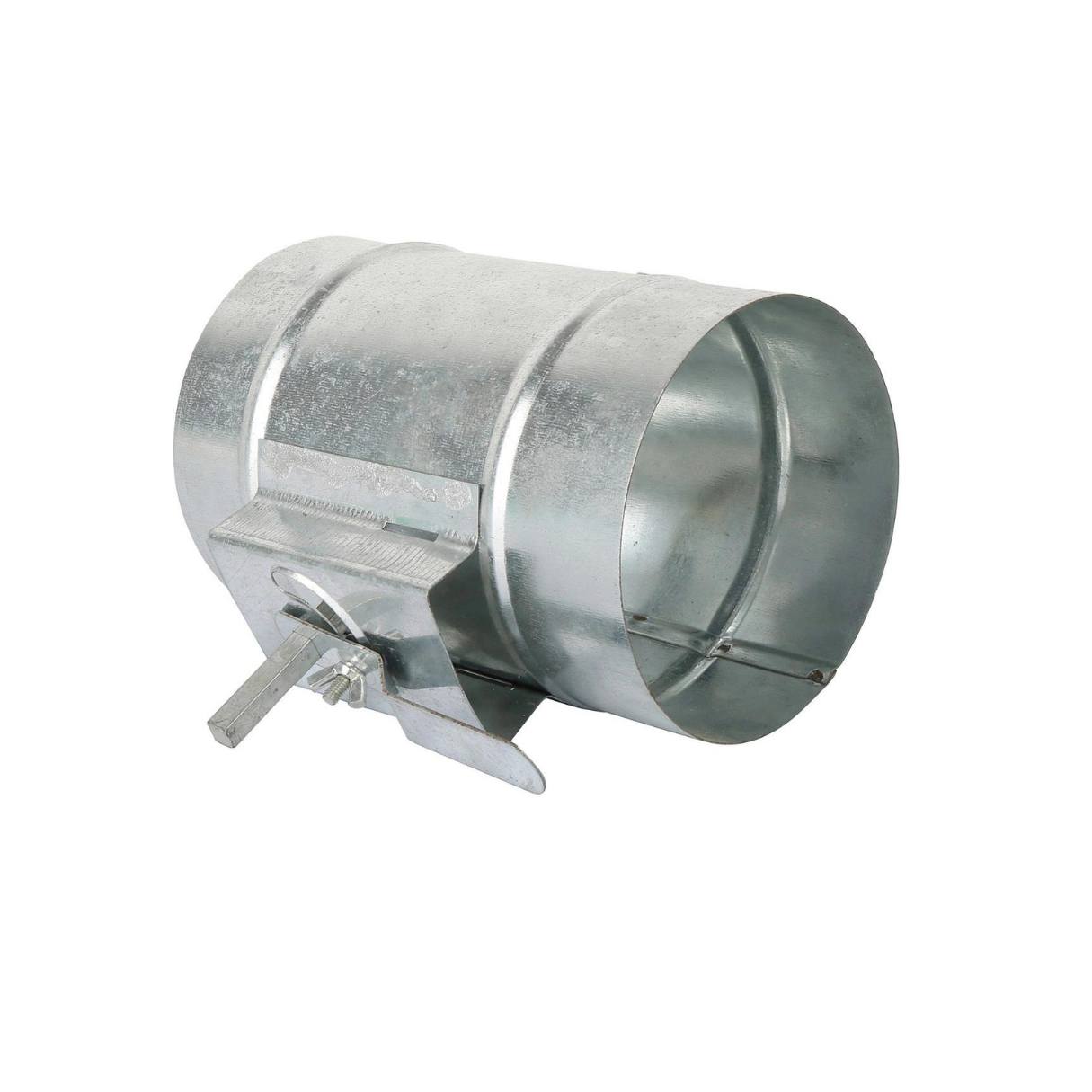
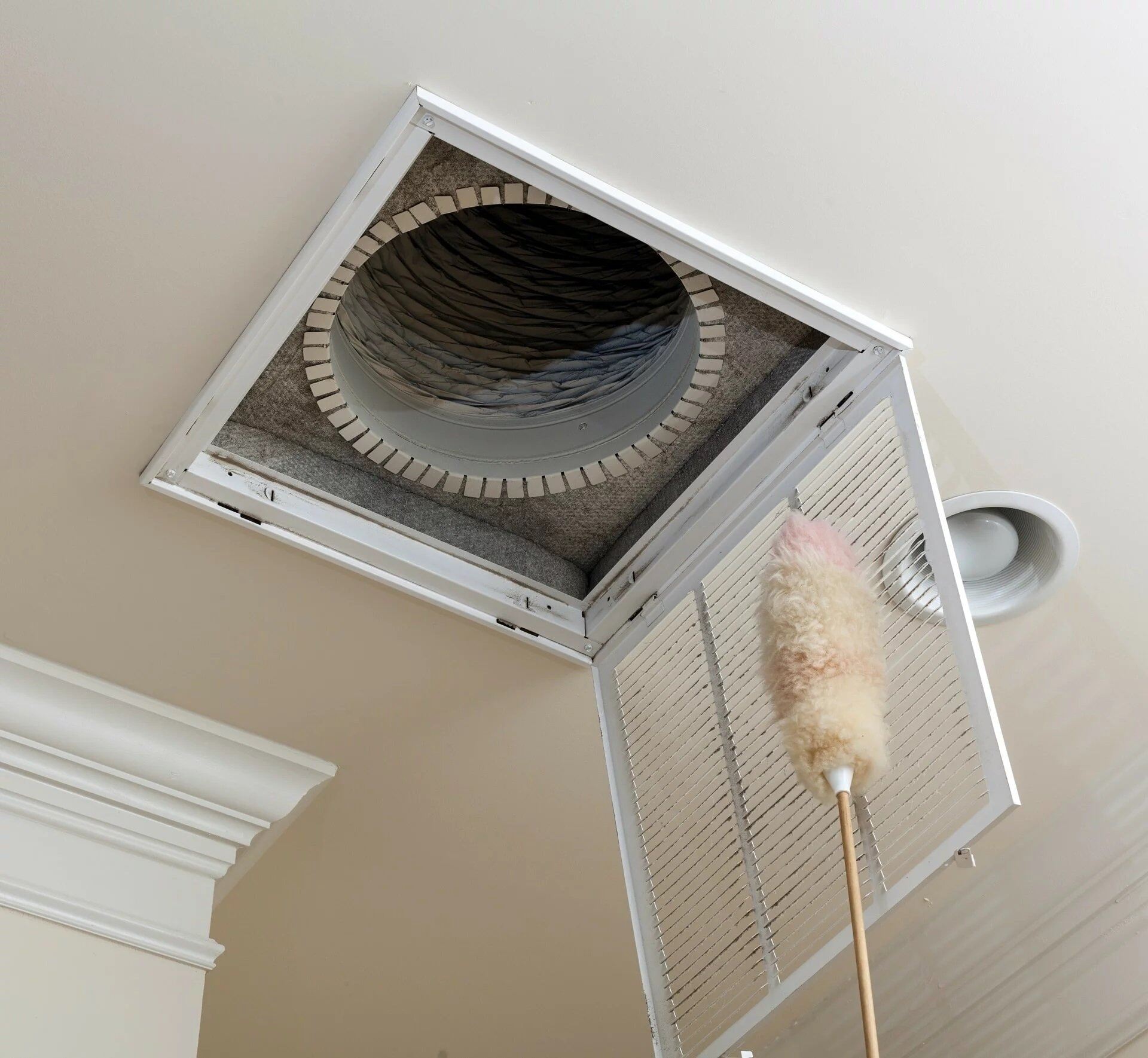
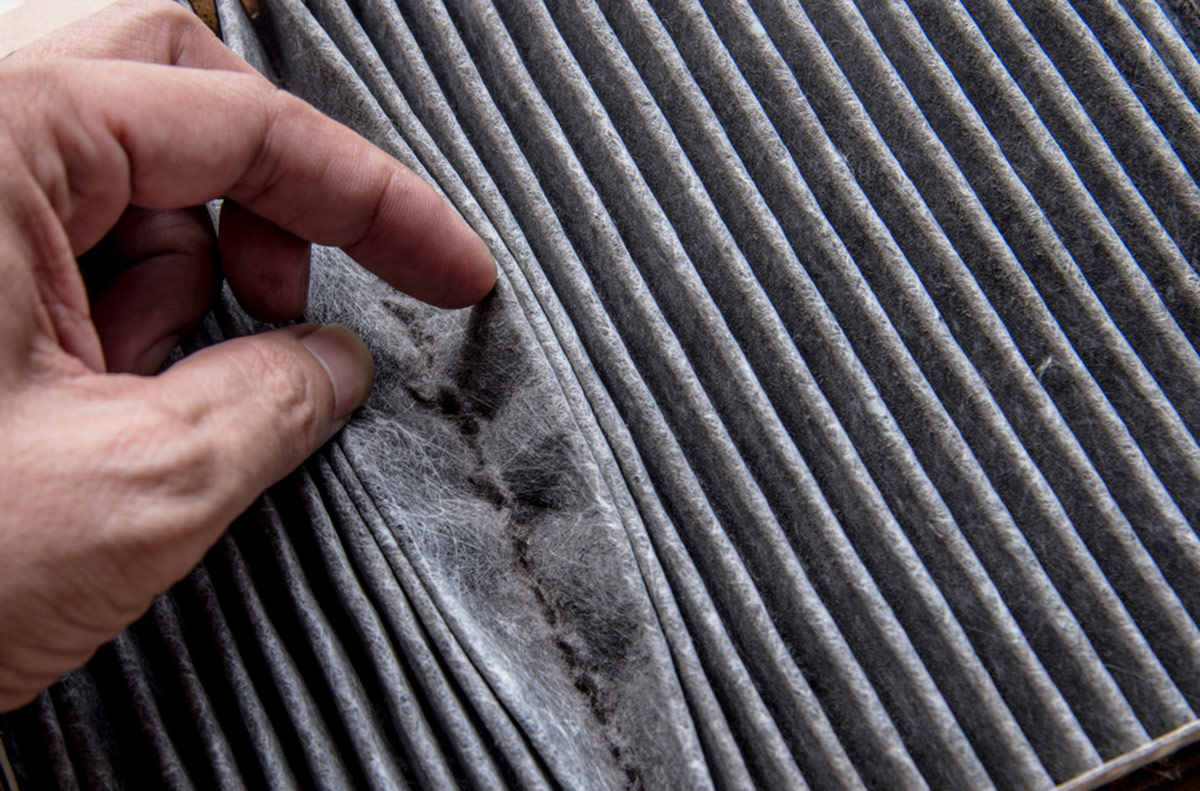
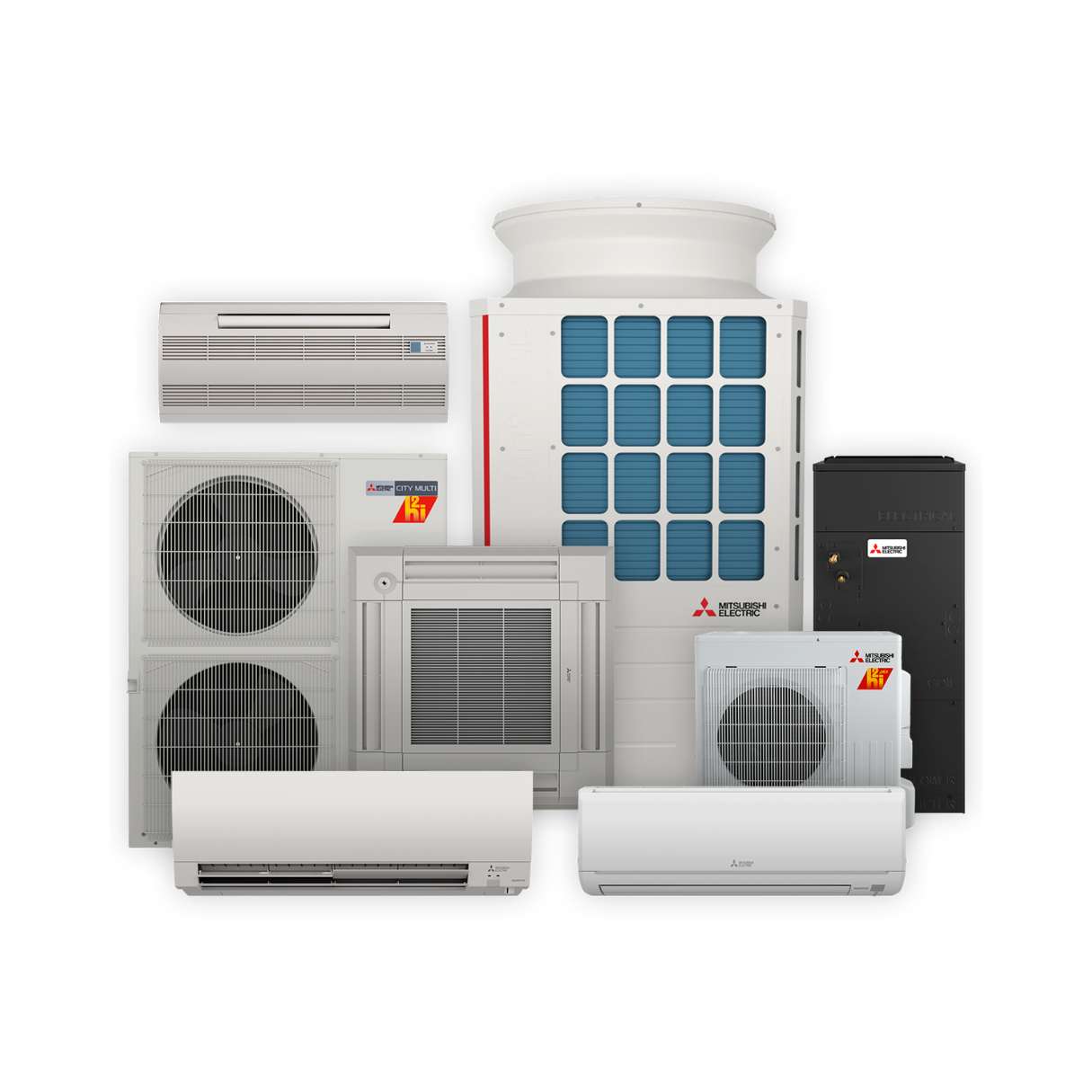
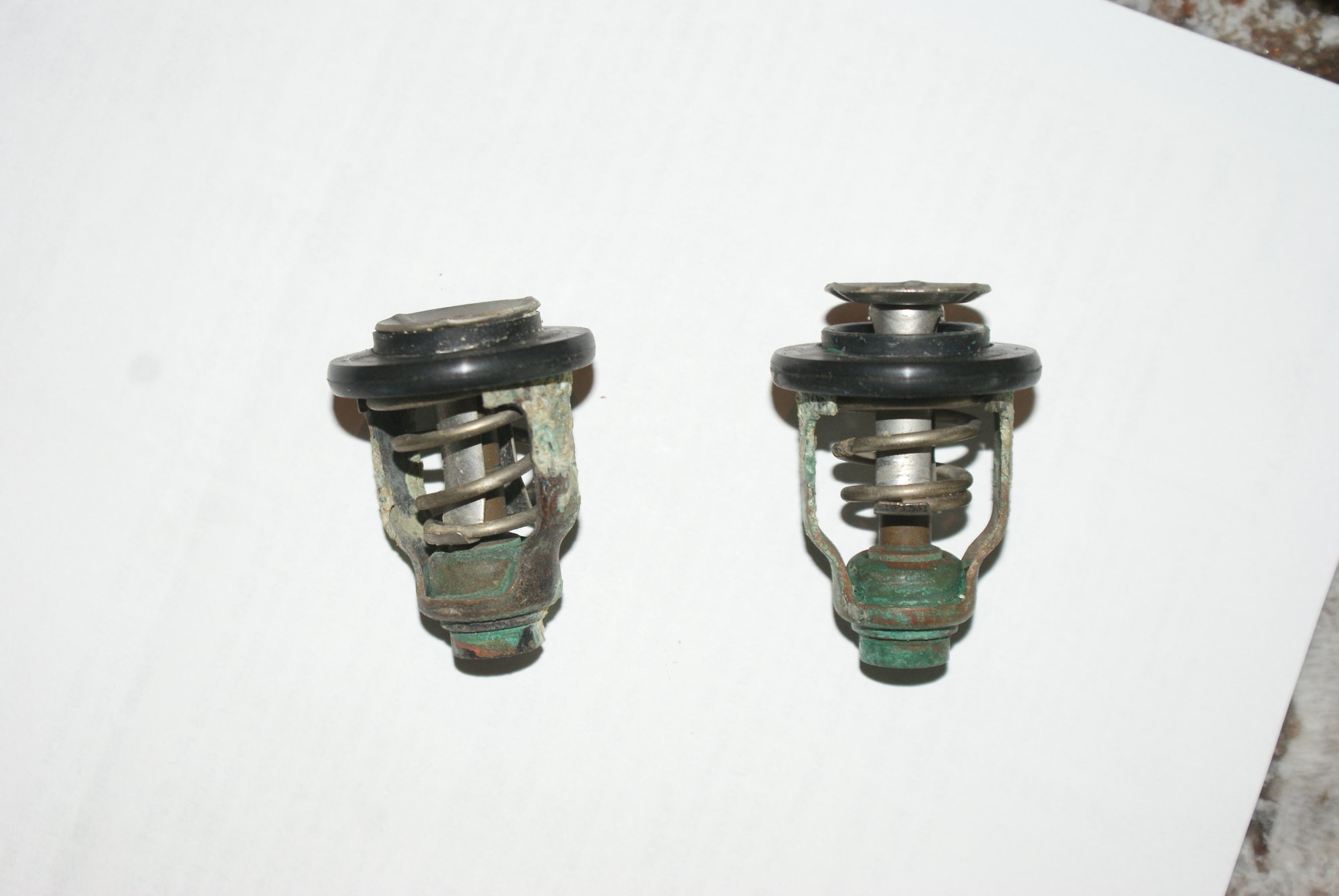

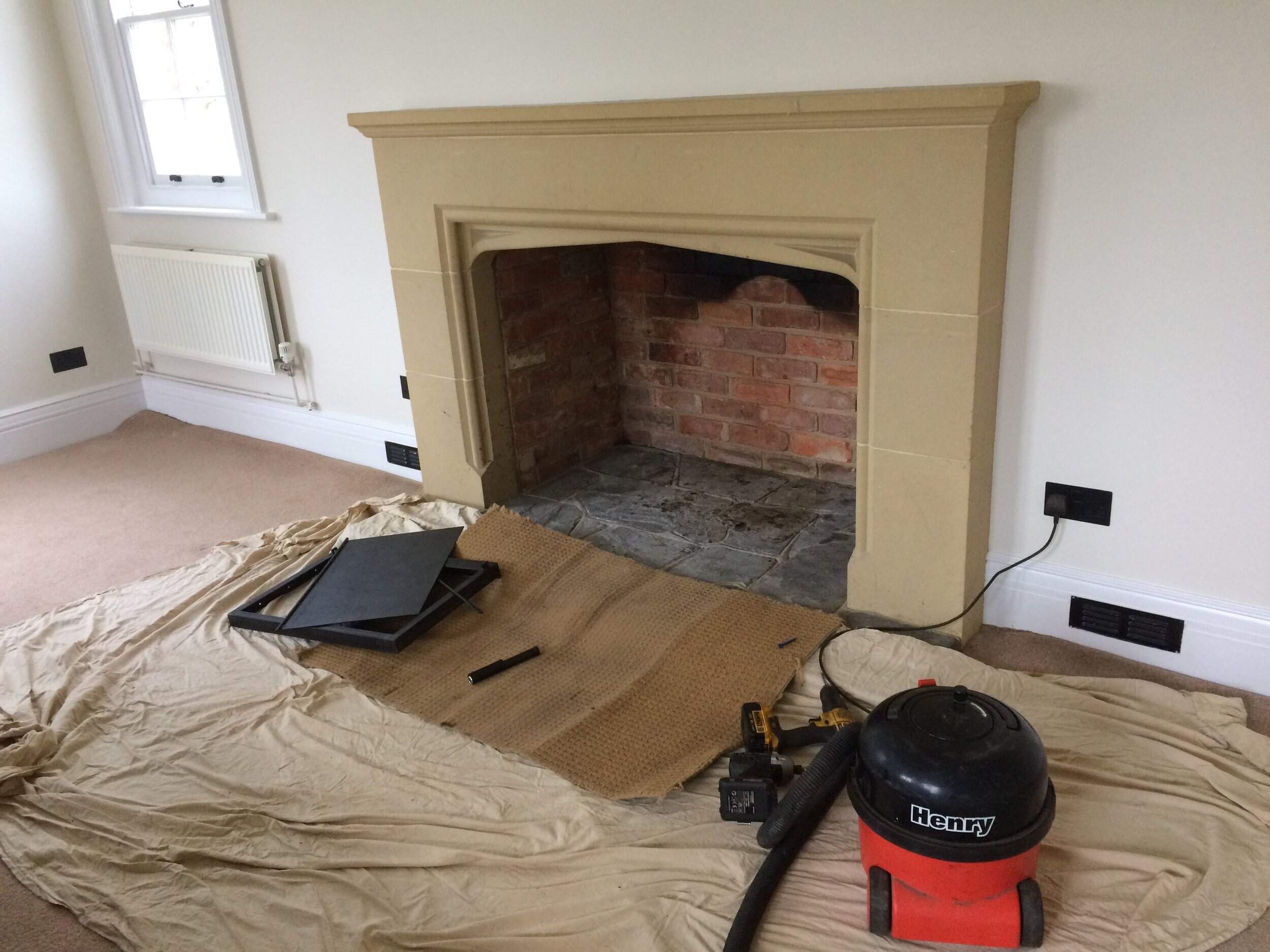


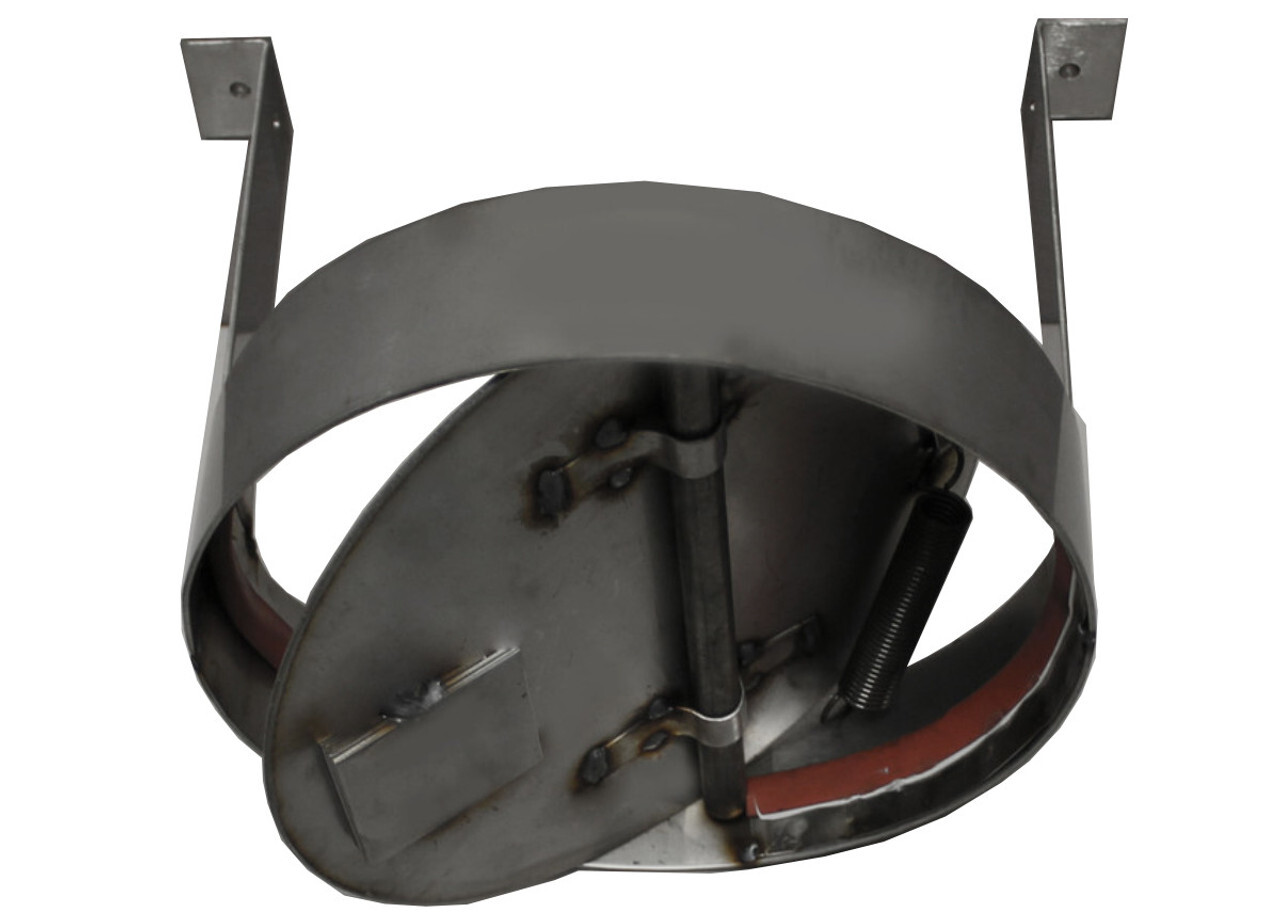

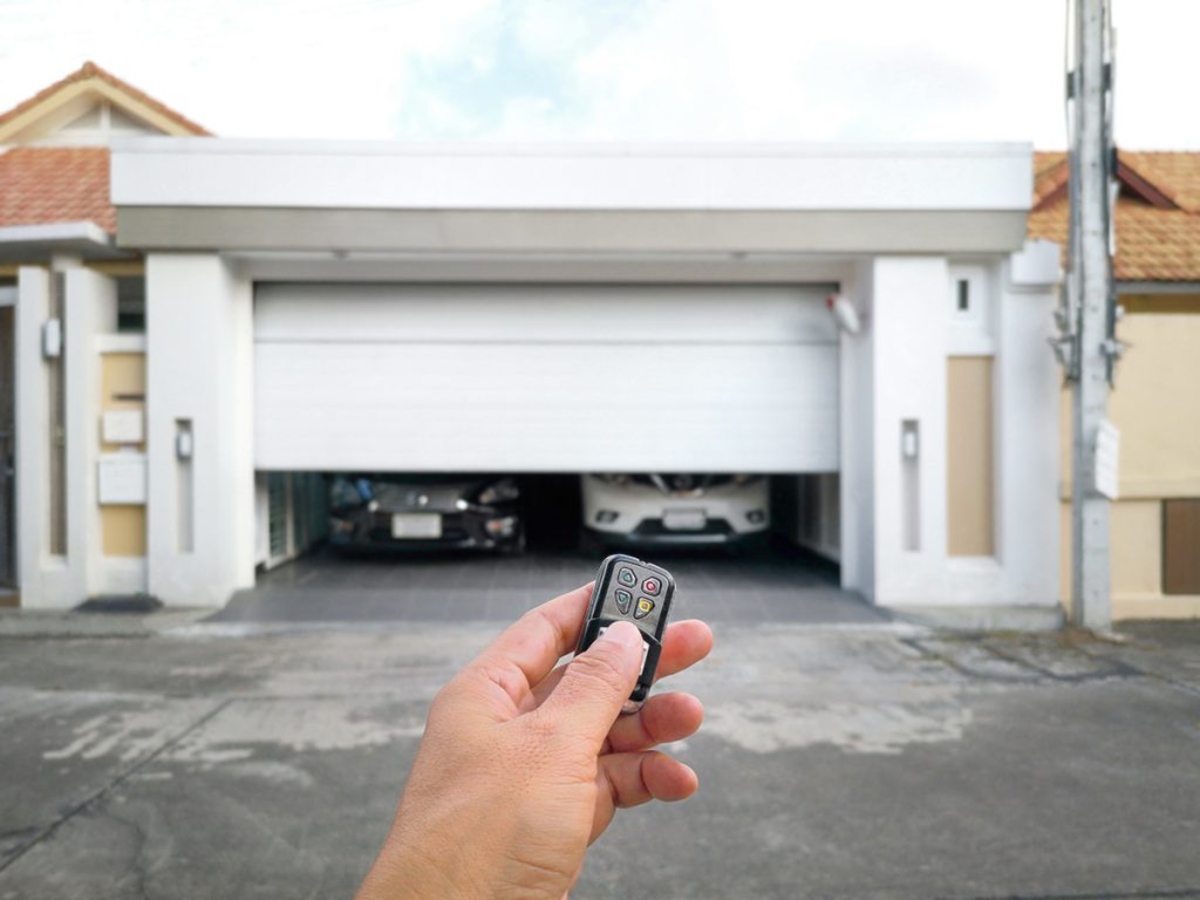

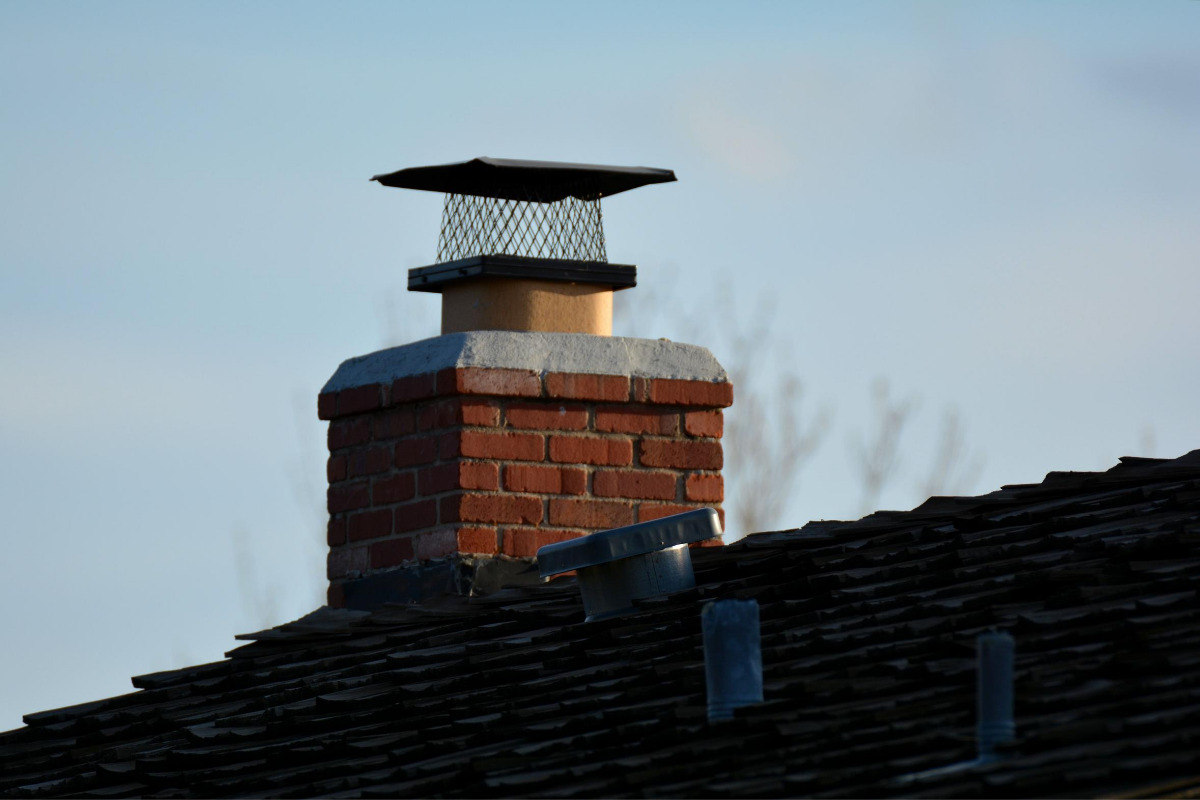

0 thoughts on “How To Tell If HVAC Damper Is Open Or Closed”